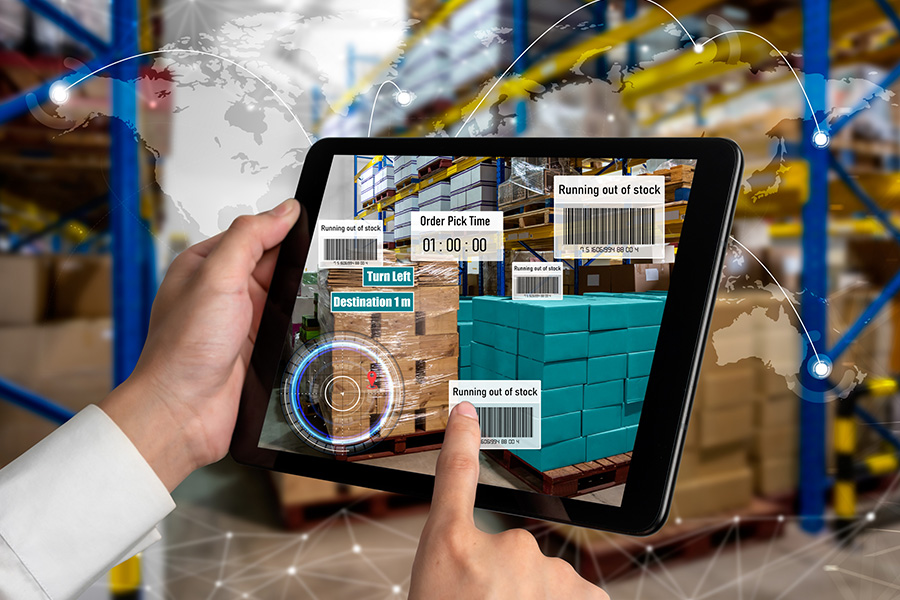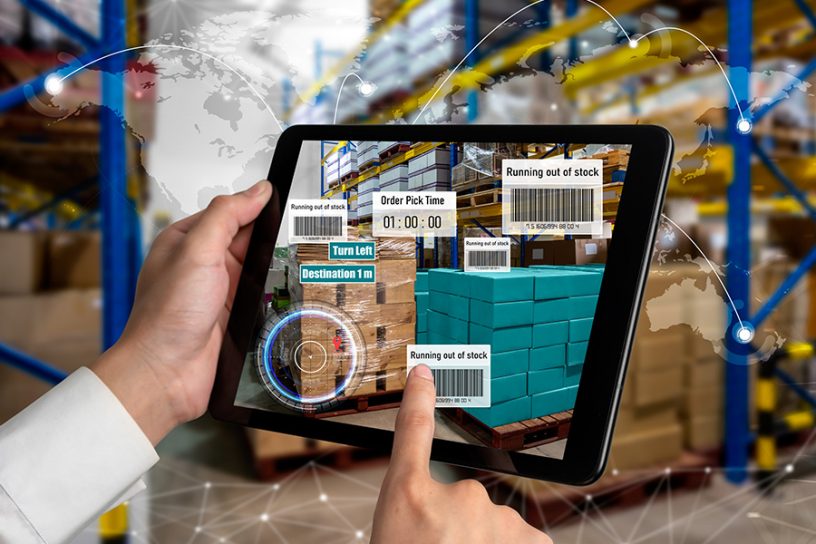
‘Salary of employee’ and ‘inconvenient transportation’ have emerged as top and bottom key challenges respectively, show the results.
Authors
Arpit Singh, Assistant Professor, Jindal Global Business School, O.P. Jindal Global University, Sonipat, Haryana, India.
Vimal Kumar, Department of Information Management, Chaoyang University of Technology, Taichung, Taiwan.
Pratima Verma, Department of Strategic Management, Indian Institute of Management Kozhikode, Kozhikode, India.
Tsz-Chun So, Department of Information Management, Chaoyang University of Technology, Taichung, Taiwan.
Ali Al Owad, Department of Industrial Engineering, Jazan University, Jazan, Saudi Arabia.
Summary
This study aims to identify key supply chain challenges and opportunities of the case of Hong Kong toy manufacturing company during the COVID-19 outbreak and develop a comprehensive structural relationship to rank them.
Methodology
In this study, a toy model company in Hong Kong is considered to discuss about what challenges and opportunities have the biggest impacts on non-necessary goods companies and how to deal with different impacts on entire supply chain flow disruption during COVID-19. A semi-structured interview with five decision-makers from the company was made to give key challenges and opportunities scores. The Technique for Order of Preference by Similarity to Ideal Solution (TOPSIS) technique is used to establish the model and rank them afterward to overcome the challenges.
Findings
From the data analysis and results, “salary of employee” and “inconvenient transportation” have emerged as top and bottom key challenges respectively. The sequence of organized challenges in the list needs to mitigate one by one in this order to improve the supply chain performance. The “client’s orders’ frequency, customer management” and “supplier/partner relationship management” are identified as the top and bottom respectively to develop the opportunities.
Research Implications
These key challenges and opportunities are identified as contributing attributes and provide the way to measure to improve production, profits and sustainable growth of the toy manufacturing company during a pandemic. Moreover, it helps to improve the distribution level and good planning with appropriate decision making to manage the supply chain performance considering humanitarian aspects during a pandemic outbreak.
Originality
The novelty of this study is to identify the key supply chain challenges and opportunities measured by the TOPSIS method to rank them and consider the case of a Hong Kong toy manufacturing company as a case-based approach to measuring its performance during the COVID-19 outbreak.
Published in: Journal of Humanitarian Logistics and Supply Chain Management
To read the full article, please click here.


